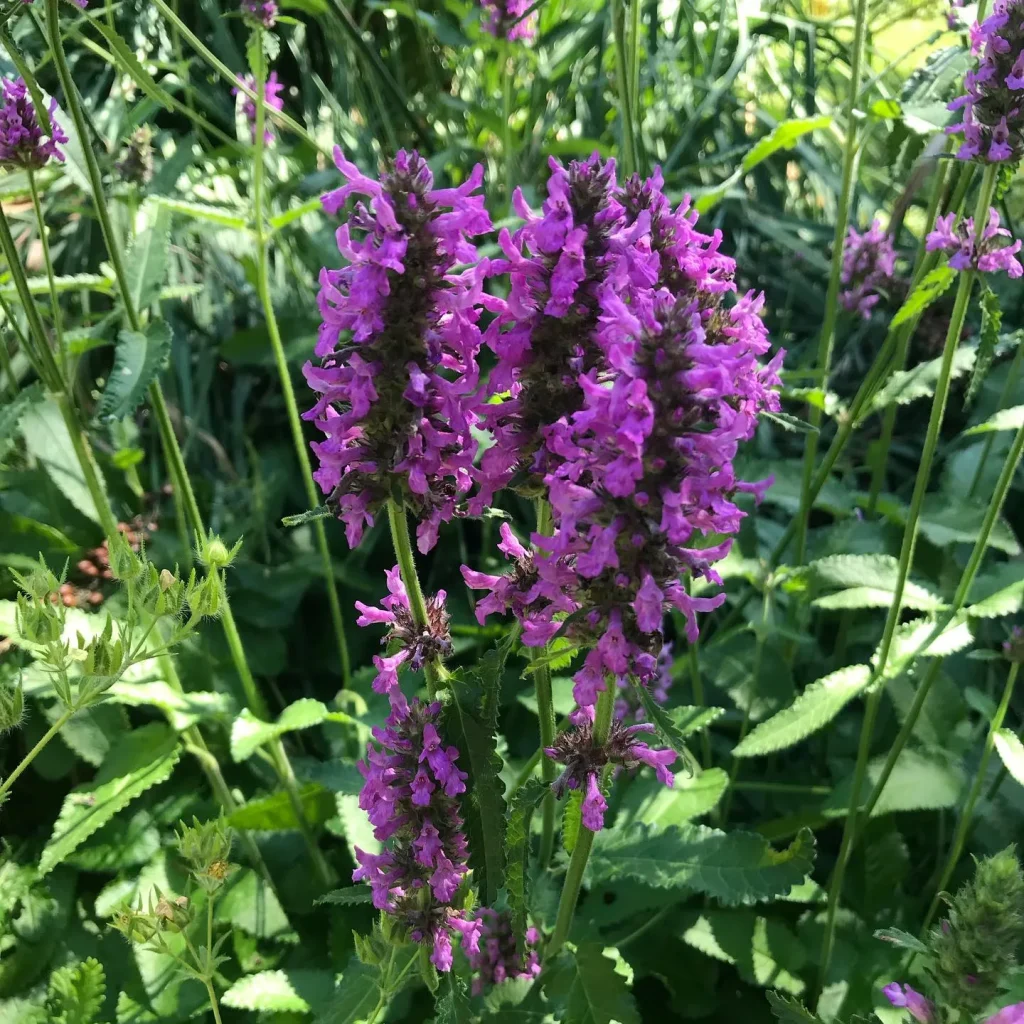Puschkinia: A Small Genus with a Big Impact
My name is Ferb Vu, and I’m an avid gardener with a particular fondness for spring-blooming bulbs. While tulips and daffodils often steal the show, there’s a lesser-known genus that holds a special place in my heart: Puschkinia, belong to Asparagaceae family. These delicate yet resilient flowers bring a unique charm to the early spring garden, and I’m always eager to sing their praises.
Discovering the Delights of Puschkinia
My first encounter with Puschkinia was purely accidental. I was visiting a local nursery, intending to purchase some hyacinth bulbs, when a pot of pale blue flowers caught my eye. They resembled miniature hyacinths, but with a distinct charm all their own. Upon closer inspection, I discovered they were Puschkinia scilloides, commonly known as striped squill.
The delicate, star-shaped flowers were a beautiful shade of pale blue, each petal adorned with a darker blue stripe. The foliage was equally attractive, with narrow, strap-like leaves forming a neat clump at the base of the plant. I was instantly smitten and purchased the pot without hesitation.
That spring, I eagerly awaited the emergence of my Puschkinia. They didn’t disappoint. The bulbs naturalized beautifully, forming a small colony of pale blue blooms that added a touch of elegance to my garden. Since then, my appreciation for this charming genus has only grown.
The Puschkinia Species
The genus Puschkinia is relatively small, consisting of only 8 known species:
- Puschkinia scilloides: This is the most common species, often referred to as striped squill or Lebanon squill. It features pale blue flowers with darker blue stripes and blooms in early to mid-spring.
- Puschkinia peshmenii: This species is native to Turkey and Iran and has greenish-white flowers that are somewhat pendulous. It blooms later than the other species, typically in mid to late spring.
- Puschkinia bilgineri: This recently discovered species is native to Turkey and has pale blue flowers with a darker blue midvein.
- Puschkinia advayana Rukšāns & Zubov
- Puschkinia avromanica Rukšāns & Zubov
- Puschkinia kurdistanica Rukšāns
- Puschkinia latifolia Rukšāns & Zubov
- Puschkinia parvula Rukšāns & Zubov
Why I Admire Puschkinia
There are several reasons why I find Puschkinia so appealing.
- Beauty: Their delicate, star-shaped flowers are simply beautiful. The pale blue color is incredibly soothing, and the darker blue stripes add a touch of whimsy.
- Resilience: Puschkinia are remarkably tough and adaptable. They can tolerate a wide range of growing conditions, including partial shade and poor soil.
- Naturalizing ability: Once established, Puschkinia will readily multiply, forming colonies of beautiful blooms that will return year after year.
- Versatility: These plants are incredibly versatile in the garden. They can be used in rock gardens, borders, woodland gardens, or even naturalized in lawns.
- Early bloom: Puschkinia are one of the earliest blooming bulbs, providing a much-needed splash of color after a long winter.
Growing Puschkinia
Growing Puschkinia is relatively easy. They prefer well-drained soil and a sunny or partially shaded location. Plant the bulbs in the fall, about 4 inches deep and 3 inches apart. Water them well after planting, and then leave them alone. They require very little maintenance and will return year after year with minimal effort.
In addition to being easy to grow, Puschkinia are also relatively pest and disease-free. They are deer and rabbit resistant, making them an excellent choice for gardens where these animals are a problem.
The Joy of Sharing
One of the things I enjoy most about gardening is sharing my passion with others. I often give away Puschkinia bulbs to friends and family, and I always encourage them to plant them in their own gardens. It’s incredibly rewarding to see these beautiful flowers spreading joy to others.
I believe that everyone should experience the delight of Puschkinia. They are a true gem in the world of spring-blooming bulbs, offering beauty, resilience, and versatility. If you’re looking for a plant that will bring years of enjoyment, I highly recommend giving Puschkinia a try. You won’t be disappointed.
If i die, water my plants!



